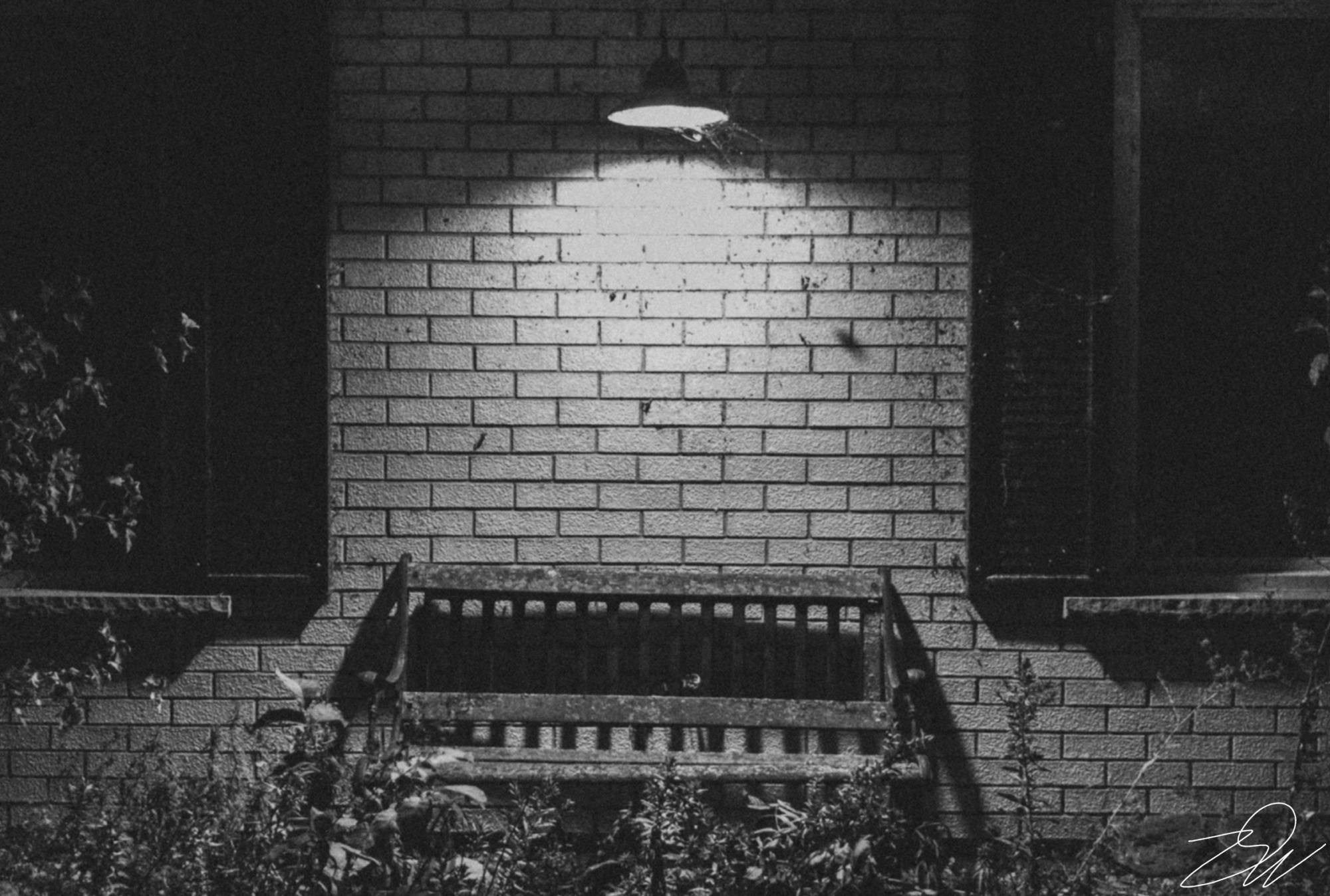Why mass-shootings? In the past week, the following have been presented as possible causes:
- The easy access to firearms, and failures of gun control to prevent access.
- Mental illness
- Fatherless young men.
- Toxic masculinity
- Violent video games
I can see how any one of these could be a contributing factor (especially #3 and 5), but I do not see in any of these a strong thread that runs through each case. In seeking a reason, a cause-and-effect, a common “root cause,” there must be something that is unmistakeably connecting each case of mass-shooting.
That something is the nihilistic culture of abortion and euthanasia. I use the term “culture” in the usual sense: “the customs, ideas, and social behaviour of a particular people or group.” A culture is assumed and normally left uncritiqued. Because of the innate status of culture, it is no a matter of debate that modern European, North American and Australian culture is secular, scientific, and pro-choice. For a vast majority, these things are settled. Abortion and euthanasia are no longer understood as horrific anomalies but as the new normal.
A culture is passed on to each new generation in every sphere of life. No one at any time was enrolled in a course called, “Your Culture,” but receive this cultural indoctrination from birth. For example, since Roe vs. Wade in 1973, every individual knows that their life was allowed only by the arbitrary choice of their mother. When I was born, abortion was illegal (although it happened) but was also unthinkable to most people. No public-school teacher would have kept her job if she suggested that abortion was an option. Abortion was understood as the taking of an innocent human life, full stop.
Since that time, however, every young adult, at least from middle school and older, knows that they could have been aborted (parents tend to keep the reality of abortion away from their young children, belying its shame and guilt). Rather than mother carrying a child to full term, she now carries a fetus, or a POC (product of conception), but most certainly not a human being. Pro-life people commonly call this “the culture of death.” It is a culture because it is as accepted as the air we breathe; it is the ocean in which we swim. This culture has grown beyond the abortion of unwanted children to the termination of imperfect children so that those discovered with birth defects are eliminated. Sex selection abortion is also common in many cultures. The culture of death has also spread to euthanasia, first passive and voluntary, to active and involuntary and back to infanticide. The targets of euthanasia were first the terminally ill, but has quickly s ead to include the disabled, the elderly, the infirm, and those deemed to not a life worth living. It took quite a while to get from abortion to widespread euthanasia, but now that euthanasia is legal in many jurisdictions, it is quickly spreading and its applications, limitless.
The abortion culture needed time from 1973 to early years of this century to incubate enough adults who would advocate and even legislate euthanasia. Just as abortion was unthinkable in the 1950s, euthanasia would have been unthinkable in 1973 because its victims are physically visible and present in a way the unborn child is not. Men like Francis Schaeffer, C. Everett Koop and Charles Colson argued repeatedly that abortion must lead eventually to euthanasia. They may have been inaccurate as to its speed. Euthanasia did not, indeed could not, occur much sooner than it has. Euthanasia required a massive shift in the understanding of the value of life, and it took a generation for that to occur. Abortion provided the cultural foundation for that shift.
Subsequent generations are now immersed not only in the reality of abortion, but in the very possibility that their lives will be shortened through euthanasia at some point in time. At the time of the Columbine shooting euthanasia had not yet been widely accepted, yet the shootings still occurred. I believe that as life is capped by the new-arbitrariness of birth and time of death, the cynicism, the nihilism of the culture of death can only continue to spread.
A common thread in abortion and euthanasia is atheism. Liberal Protestantism aside, it takes an atheist to abort (and liberal Protestantism is founded in atheism). Since, in this view, humans are not created in the image of God, a “fetus” or “invalid” can be treated as any other accident of nature. The abortion/euthanasia culture has permeated society to such an extent that the worldview of modern society is nihilistic, that is, the view that life is meaningless. In a naturalistic/materialistic universe (the official doctrine of the public education system), human life is a meaningless accident, that could have been snuffed out at birth and will quite possibly be ended by someone else’s will when it is deemed unnecessary. The thoroughness of this culture is not only its legality, but its backing by all modern states. With the concern over rising health costs and an aging population living longer than previous generations, euthanasia will become mandatory in many cases.
The same people who will require euthanasia be mandatory have been immersed in the abortion culture. The people who would protect the elderly, infirm, disabled and ill are now all dead.
The common thread that connects each of the shooters in the schools is that of the death: physical life, as we experience it, is a meaningless accident of existence, and there is no life that is not physical. “Spiritual” life is now considered an activity of brain, chemistry, and environment. Many live this physical life, and do not wish to terminate themselves or others because they have discovered some intermediate purpose in life. These are not reflective on the implications of their worldview but exist for the present and have somehow come to terms that nothing in their lives have ultimate meaning.
The shooters are the consistent thinkers, who act out the implications of their worldview, their culture. It is impossible to be surprised that children, who are taught daily that any life that “gets in the way” (the unborn, the weak, the unfit) can therefore be eliminated, will not someday connect the dots and end up committing horrendous crimes. The idea that human life, understood as created in the image of God, has long ago been abandoned. We now have the inevitable consequences.
The problem has taken a couple of generations to surface. It will take much time to heal: It not only requires bans on abortion and euthanasia, but hearts that are changed to the degree that abortion and euthanasia are unthinkable. I do not see this happening, outside of a complete cultural collapse and Christian revival. I cannot offer solutions grounded in the culture that created the problem. I can only show the conditions by which a solution is possible. There will be those who believe they can have both the culture of death and prevent nihilistic mass-shootings. They cannot. Every solution that ignores the culture that creates the problem will only end in more death.
Happily, there are sub-cultures who reject the culture of death: I speak of Christianity. None of the mass-shooters were Christians. There’s a reason for that.



